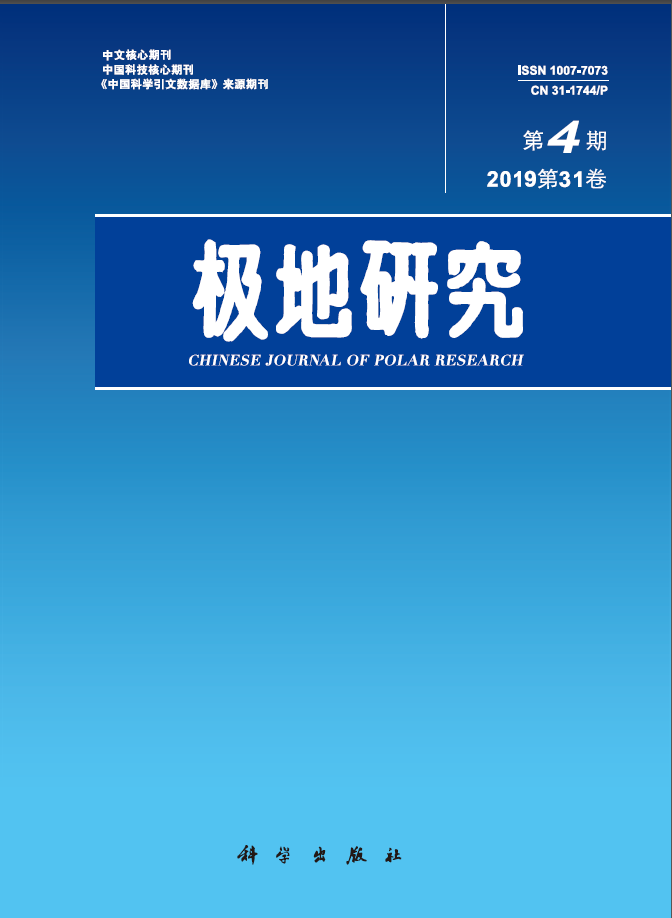Arctic runoff is one of the most important sources of freshwater to the Arctic Ocean and an important factor influencing changes in the Arctic. This study analyzes the relationship between sea ice extent and runoff using the National Snow and Ice Center dataset, the Global River Data Center (GRDC) dataset and the Dai and Trenberth global and river runoff datasets from 1979 to 2010. Based on the locations of Arctic estuaries, the study area is divided into the Chukchi Sea Area, the East-Siberian Sea Area, the Laptev Sea Area and the Kara Sea Area. Choosing six of the 12 largest rivers that flow into the Arctic Ocean based on flow characteristics, a Mann-Kendall trend analysis method was used to detect the variations in characteristics and trends of runoff in different sea areas during different seasons. Results show that the seasonal characteristics of all rivers are clear and consistent. Runoff is concentrated from April to November, and the peak flow around June is much larger than runoff in spring and autumn. The peak flow of the Yenisei and Lena rivers is 3–4 times that of the others. The seasonal variation in runoff is obvious. Under the influence of global warming, runoff exhibits a significant growth trend, and runoff increases most in the spring. Runoff to the East Siberian Sea increases the fastest. The spring runoff of the Chukchi Sea is significantly correlated with the start time of sea-ice melting. For every 5.9 km3·a-1 increase in runoff sea-ice melts one day earlier. In contrast, sea-ice melt in the Eastern Siberian Sea is significantly related to summer runoff (August). For every 30.7 km3·a-1 increase in runoff, sea ice melts one day earlier. The maximum daily runoff in August in the Eastern Siberian Sea is significantly correlated with the ice condition. The maximum daily runoff occurs 8 days before the minimum sea-ice extent. Regardless of other factors, for every 15.7 km3·a-1 increase in the maximum daily runoff, the sea ice anomaly decreases by 1%, indicating that runoff promotes the melting of sea ice during the melting ice period, resulting in a reduction in ice conditions. The increase in autumn runoff in the Eastern Siberian Sea accelerates freezing of sea ice during the late freezing period.

